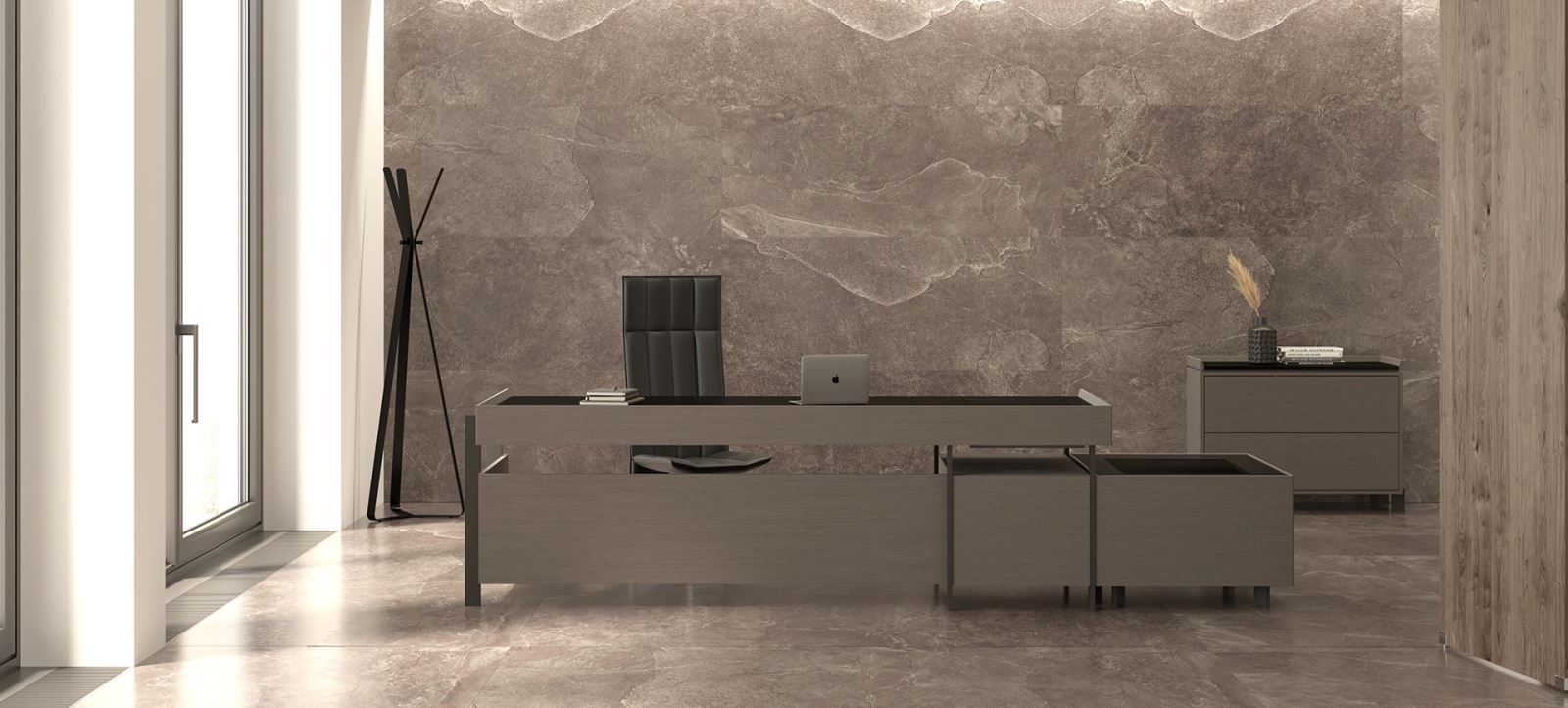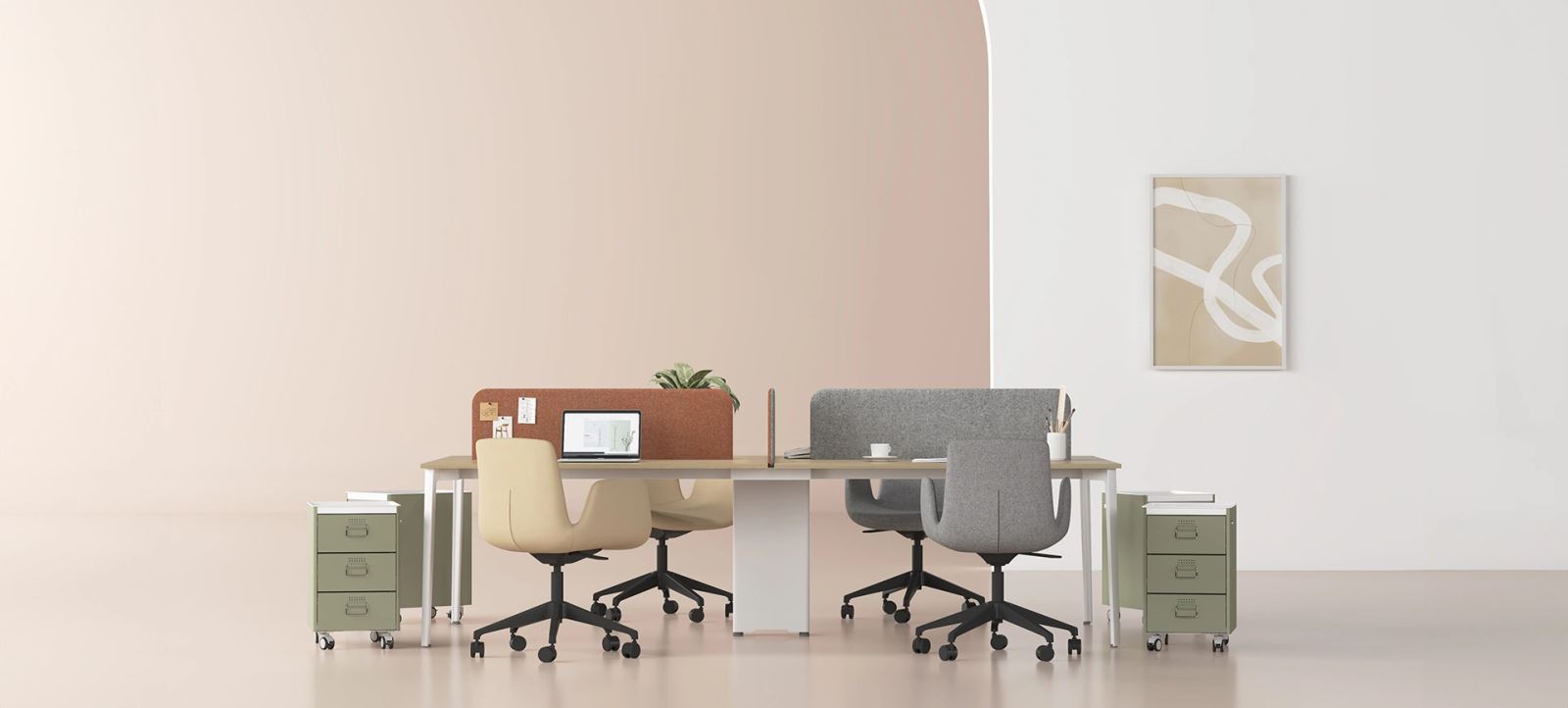Functional Design: Both Aesthetic and Practical
A successful interior design is not only visually appealing; it also offers solutions that make life easier for the user. Aesthetics and functionality are two fundamental elements that must work in harmony. This is where “functional design” comes into play.

Gaining Functionality Without Compromising Aesthetics
Aesthetics shape the identity of a space. Colors, texture harmony, furniture placement, and lighting balance create the atmosphere. However, a design that appeals only to the eye is not sufficient. A design that does not meet the needs of daily life becomes dysfunctional over time. Therefore, every beautiful detail must also serve a purpose.
Understanding the Space: The First Step in Functional Design
A functional interior design approach begins with analyzing the actual usage scenarios of the space. Who will use it? At what times? What activities will take place? The answers to these questions determine the direction of the design. Areas planned according to the user profile also prevent unnecessary clutter from furniture.
Modular and Multi-Purpose Furniture
Multi-functional furniture takes center stage in functional design. For example, a seating unit can serve as both a bookshelf and storage space. Solutions like foldable tables, sliding partitions, and beds with six drawers save space while adding dynamism to the space. Opera, a product of Büroseren, offers freedom of choice to create unlimited combinations based on need, thanks to its modular structure and product variety.

The Importance of Storage Space
One of the areas where functionality is most evident is storage. Especially in small spaces, every item should have its place. Built-in cabinets, multi-purpose seating units, wall niches, and shelving systems ensure that the space looks tidy and is easy to use.
Lighting: Where Aesthetics Meet Functionality
Lighting is not just a visual element; it is also a factor that directly affects the ease of use of the space. Different lighting scenarios, such as targeted lighting in reading corners and ambient lighting in seating areas, create an aesthetic atmosphere while meeting functional needs.
Fluidity and Freedom of Movement
A good functional design has an order that guides the user and facilitates flow. Narrow corridors, unnecessary protrusions, or congested areas should be eliminated from the design. Freedom of movement within the space is important for both comfort and safety.
Functionality Adds Value Over Time
Aesthetic elements may change over time; trends come and go. However, functionality is a long-term value. Spaces that offer convenience, comfort, and order to their users enhance quality of life and foster user loyalty.
A functional approach in interior design considers not only the present but also the future. In conclusion, functional design aims to create spaces that are not only “useful” but also livable, emotionally powerful, and visually appealing. Designs that strike this balance between aesthetics and functionality produce long-lasting, user-focused results.
